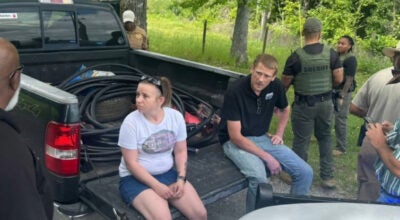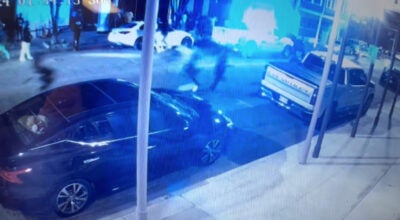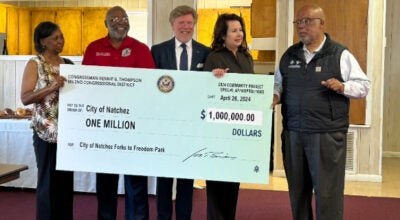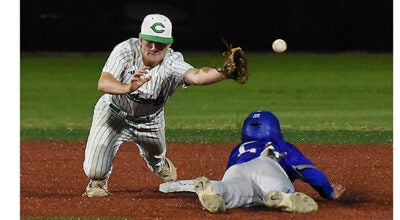Eyesore owners fined
Published 12:00 am Thursday, April 14, 2011
NATCHEZ — The City of Natchez has recently begun hitting blight property owners where it hurts most — the pocket.
And according to the city planning staff, the tactics have worked.
City Planner Bob Nix told the Natchez Board of Aldermen at Tuesday’s meeting the city has recently seen a larger percentage of voluntary compliance from blighted property owners demolishing their own properties or cutting their own grass before the city does.
Nix said the city recently increased its fines to the maximum penalty, $1,500.
“People see it as a lot cheaper and less hassle to do it themselves,” Nix said.
Nix said the state recently increased the maximum fine for nuisance properties to $1,500 in July 2010, so the city’s policy is taking advantage of that change.
Nix said before the fine increase, property owners often paid less to have their property demolished by the city.
Now, owners are charged $1,500 plus direct costs, legal fees and overhead, Nix said.
The average “direct cost” for the city to demolish a dangerous house is $3,500, Nix said, although the amount can vary both ways.
In addition, Nix said the city planning staff is following up more diligently with the blighted property owners and sticking to demolition expiration dates.
Nix said property owners in the past who were not making serious efforts to fix or save their property often used delay tactics by filing for a variety of permits and extensions.
“We don’t do that anymore,” Nix said.
Eleven properties were declared nuisance properties at Tuesday’s meeting after a public hearing, at which no one spoke.
The city began demolition on one of the properties adjudicated after the public hearing on 937 North Union Wednesday.
Nix said properties subject to demolition and fines are those that are considered dangerous by code standards.
City planning recently started to take inventory on dangerous residential properties in wards one through four, which revealed 150 buildings that qualified as dangerous.
Nix said inventory revealed 177 vacant lots are considered repeat (more than two) violators, which is defined as having grass higher 12 inches.
The cost of grass cutting and legal fees will be added to the $1,500 fee for owners of overgrown vacant lots.
Owners of lots would incur smaller penalties for first-and second-time violations, Nix said.
Nix said the city planning staff is trying to motivate owners to clean up or demolish their property before the city does, especially since a blighted property creates a liability for its owners.
In addition, blighted properties can cause issues for the city and neighbors of the property.
“There are a lot of health, safety and welfare issues aside from the blight that affects property values and inversely impacts the economy of the city in the long run,” Nix said.





